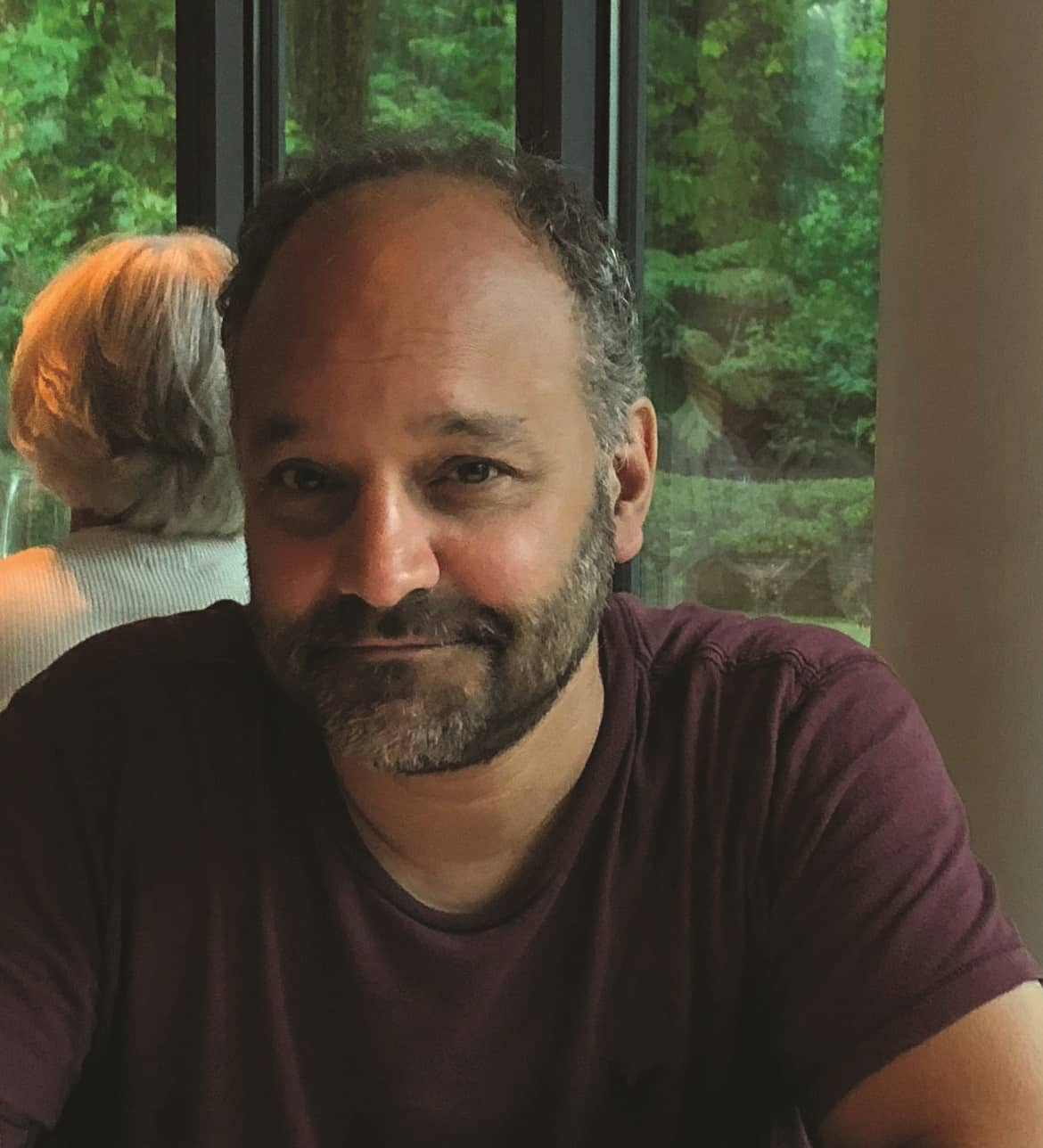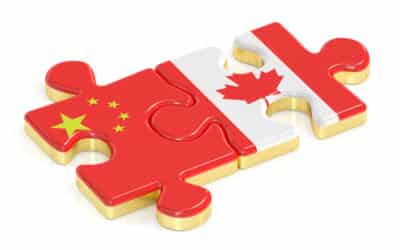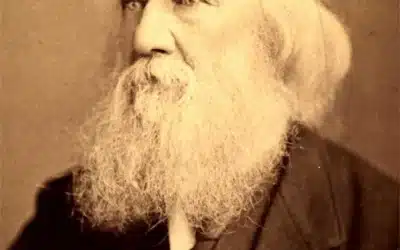As Russia continues its advance west toward the key logistical city of Pokrovsk, whose fall would threaten Ukraine’s ability to supply its troops in the Donbas and expose fields to the west of the city over which Russian troops can pour into the rest of Donbas, Ukrainian President Volodymyr Zelensky demands daily that the West grant permission for Ukraine to use its long-range missiles to fire deeper into Russian territory.
On September 14, British Prime Minister Keir Starmer met U.S. President Joe Biden at the White House to discuss granting Ukraine permission to use American and British long-range missiles to strike inside Russia, or, at least, to discuss the United States granting Britain permission to allow Ukraine to use British long-range missiles.
The meeting prompted a warning from Russian President Vladimir Putin, that now is the time for “deciding whether NATO countries become directly involved in the military conflict.”
Asked what he thought of Putin’s warning, Biden responded, “I don’t think much about Vladimir Putin.” That is a mistake American presidents have been making since 2007 when Putin warned that a hyper militarized unipolar world was “plunging the world into an abyss of permanent conflict.”
There are five reasons that the West should think much about Putin’s warning and not call his bluff.
The West should be cautious about calling Putin’s bluff because Putin does not bluff: it is not part of his character profile. In his biography, Putin, Philip Short says that a lesson that was ingrained in Putin as a child “scrapping with the other kids,” was “Don’t reach for a weapon unless you are prepared to use it…It was the same on the street. [There] relations were clarified with fists. You didn’t get involved unless you were prepared to see it through.”
The calculus of officials who advocate for ignoring Putin’s warning and signing off on the use of Western missiles to strike deep into Russian territory emphasizes that Putin has set many red lines and then watched them being crossed. Those officials have short memories.
The war in Ukraine is the most emphatic demonstration of Putin’s enforcement of a red line. “The brightest of all redlines” for Russia, then ambassador to Russia and now director of the CIA William Burns said, has always been “Ukrainian entry into NATO.” On the eve of the war, on December 17, 2021, Russia, once again, drew that red line. The key demand of the proposal on security guarantees that Russia presented to the United States and NATO was that the military alliance cannot expand into Ukraine. Russia reminded the U.S. of their red line. They said that crossing it would result in “military-technical measures.” The U.S. crossed it. The result was military-technical measures: one week later, Russia invaded Ukraine.
In 2014, when the United States supported a coup that toppled the democratically elected government of Ukraine and threatened the ethnic Russian Ukrainians of Crimea and the Donbas, Putin responded by enforcing a red line and annexing Crimea. When the West discouraged Ukraine from negotiating an early end to the war and promised more weapons instead, Russia responded by sending in a much larger force and by annexing Donetsk, Lugansk, Zaporizhiya, and Kherson. Russia has gone to war with Ukraine and twice annexed large portions of the country and still the West says Putin has not enforced his red lines.
When asked by a reporter if Russia would keep moving its red lines instead of enforcing them, Putin asked back, “Is the special military operation itself not a response to them crossing these lines?” Direct participation in Ukraine’s counteroffensive by the West crossed another Russian red line. “Are strikes on Ukraine’s energy system not an answer to them crossing the red lines?” Putin asked the war correspondent.
When the Ukrainian armed forces crossed the Russian border and invaded Kursk, Russia responded to the crossing of another red line, not by diverting troops from the Donbas to Kursk as Ukraine had hoped, but by intensifying attacks in the Donbas, especially around Pokrovsk, and by suspending current and future peace talks.
Even if the West believes that Putin has not so far enforced his red lines, this time is different. The point of the current discussion in the West “is not,” Putin points out, “whether the Kyiv regime is allowed or not allowed to strike targets on Russian territory” because “it is already carrying out strikes” on Russian territory with drones. The current discussion is on the use of long-range missile systems that “are impossible to employ without intelligence data from…NATO satellites,” and that “only NATO military personnel can assign flight missions to.” Using Ukrainian soldiers to fire Western missiles that have their targeting data inserted by Western personnel and that are then guided by Western troops “mean[s] that NATO countries…are at war with Russia.” And that, Putin says, “will clearly change the very essence, the very nature of the conflict.”
There will be pressure on Putin not to back down from enforcing this red line because he has gone very public with the promise to do so. His warning was announced on Russian state TV. Kremlin spokesperson Dmitry Peskov repeated Putin’s warning to reporters, insisting that the Russian president’s statement was “extremely clear, unambiguous and does not allow for any double readings.” The same day, Vassily Nebenzia, Russia’s ambassador to the United Nations, told the Security Council that Western long-range missiles fired deeper into Russia would be NATO “conducting direct war with Russia.”
Moscow is making sure its message gets out, making it harder to back down. “We have no doubt,” Peskov said, “that this statement has reached its addressees.”
Russia has nuclear weapons for a reason. There are a thousand steps Russia would take before arriving at the nuclear option, but Russia has a clear nuclear doctrine.
Russia’s “Fundamentals of the State Policy of the Russian Federation in the Area of Nuclear Deterrence” says that Russia “hypothetically” could allow the use of nuclear weapons only “in response to aggression using WMD [weapons of mass destruction]” or if there is “aggression using conventional weapons, when the very existence of the state is threatened.”
Ukrainian President Volodymyr Zelensky has argued that Ukraine’s Kursk invasion revealed that the West no longer needs to respect Putin’s red lines because it crossed “the strictest of all the red lines that Russia has.” But it hasn’t. Russia’s nuclear policy allows a nuclear response to conventional warfare only when “the very existence of the state is threatened.”
Ukraine can park its troops in the sparsely populated border region of Kursk without threatening the existence of Russia. But the argument might be different for long-range missiles fired deep into Russian territory with direct NATO involvement. It is a dangerous game to try to guess what Russia will perceive as a threat to its very existence.
































